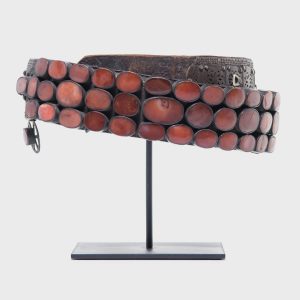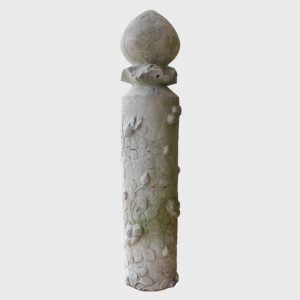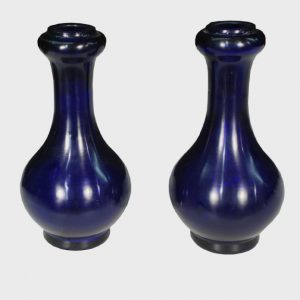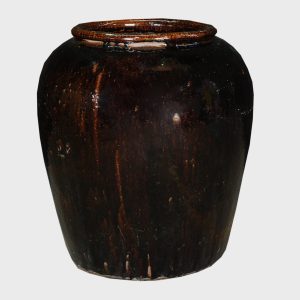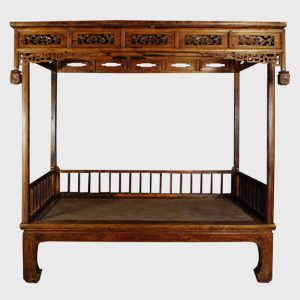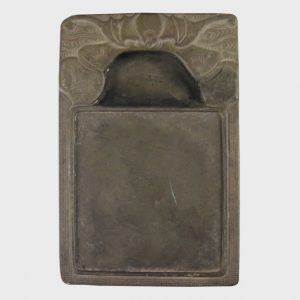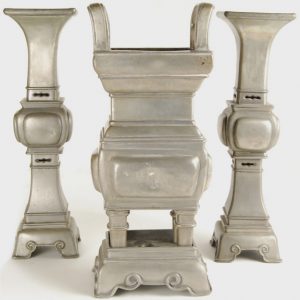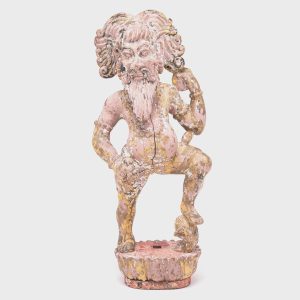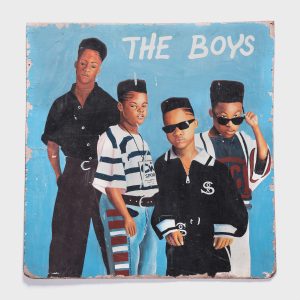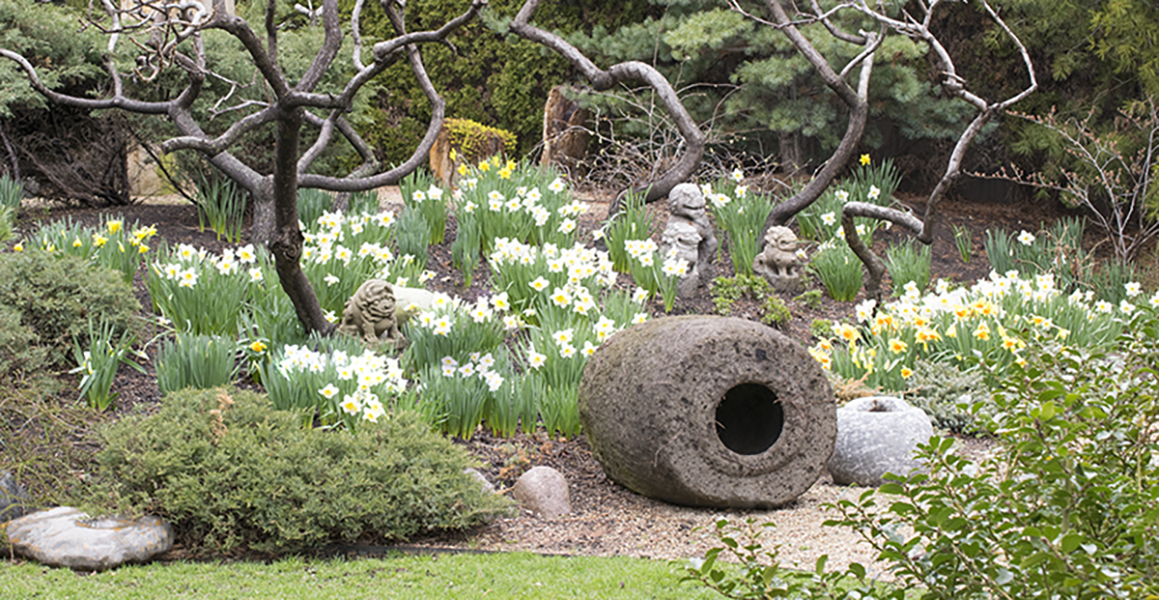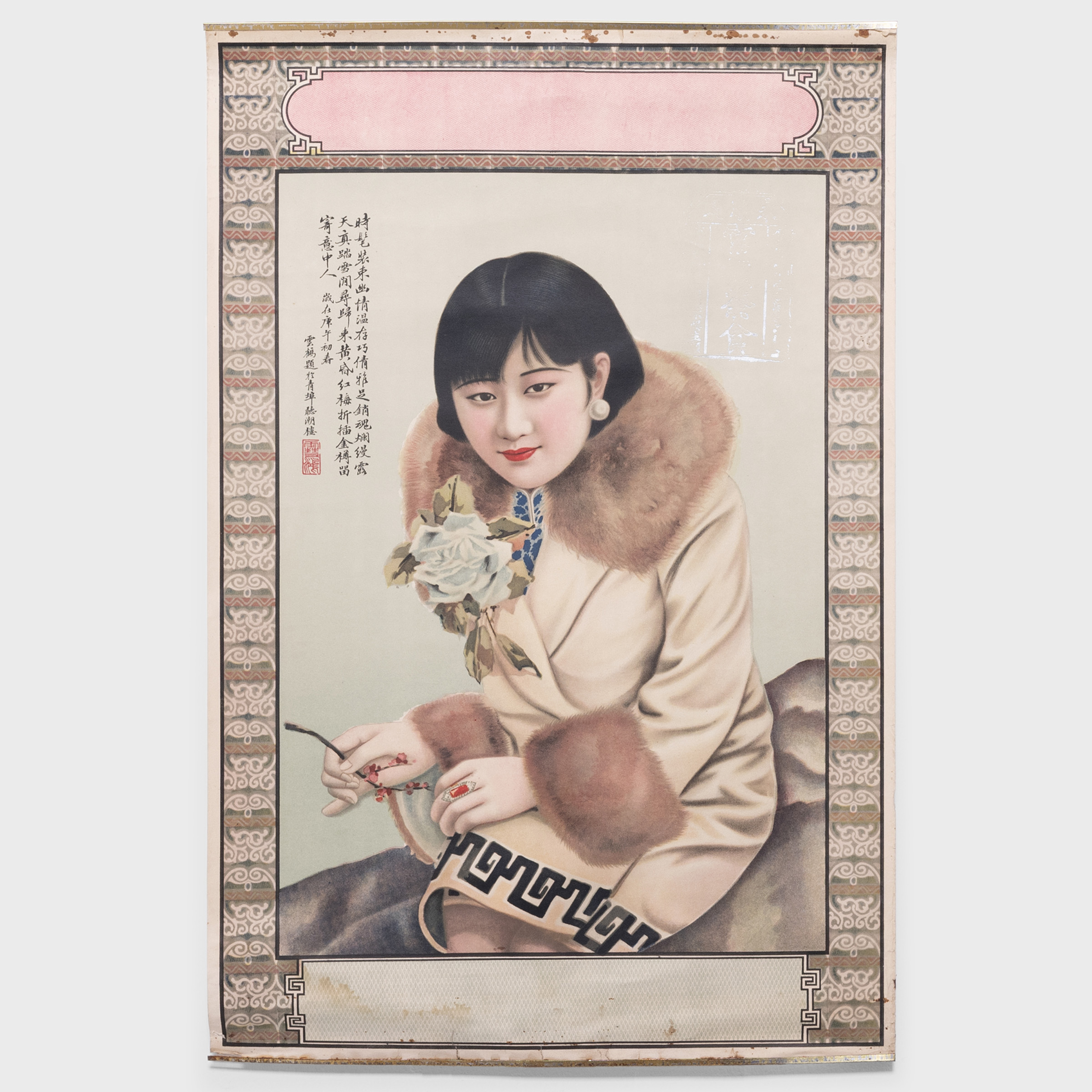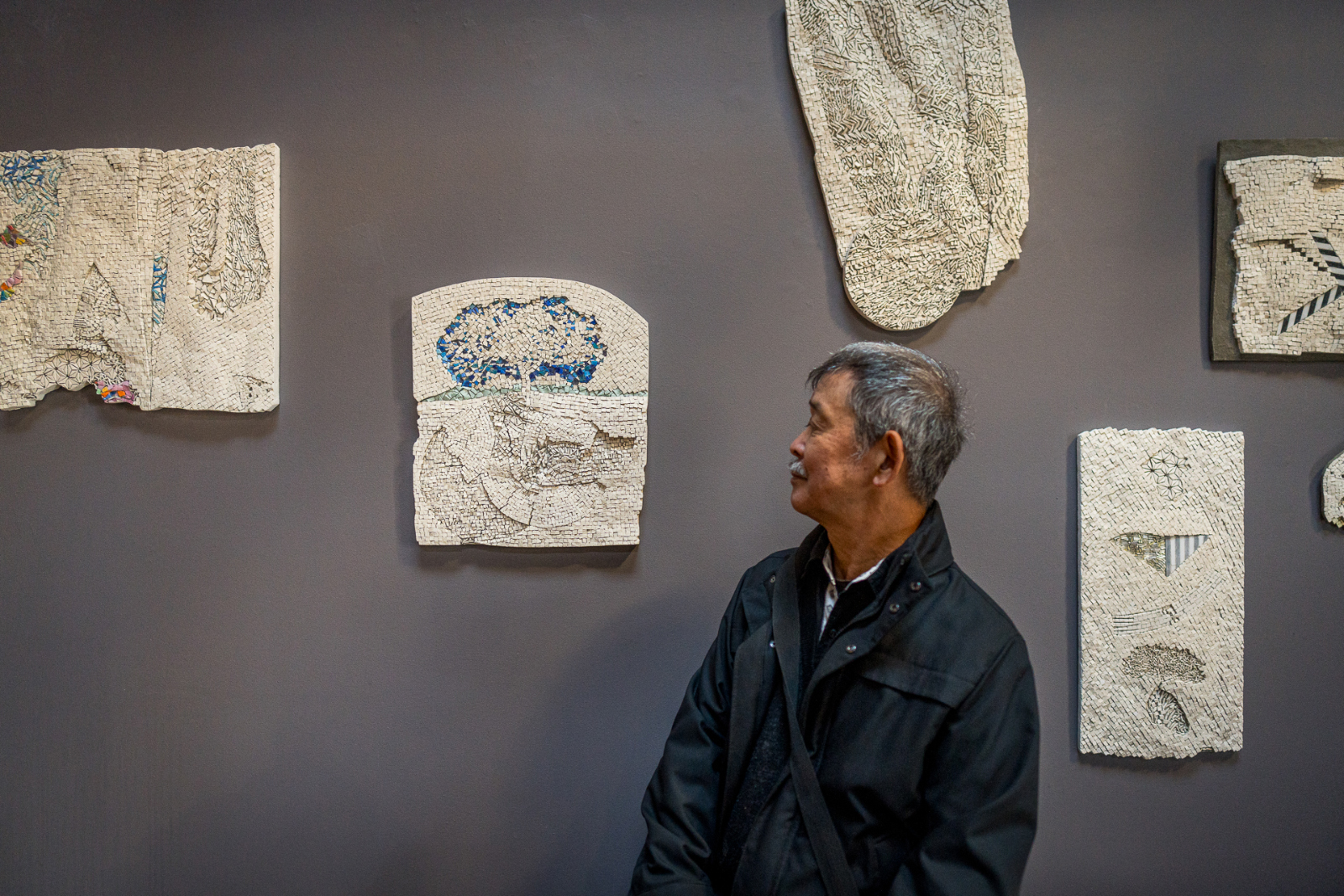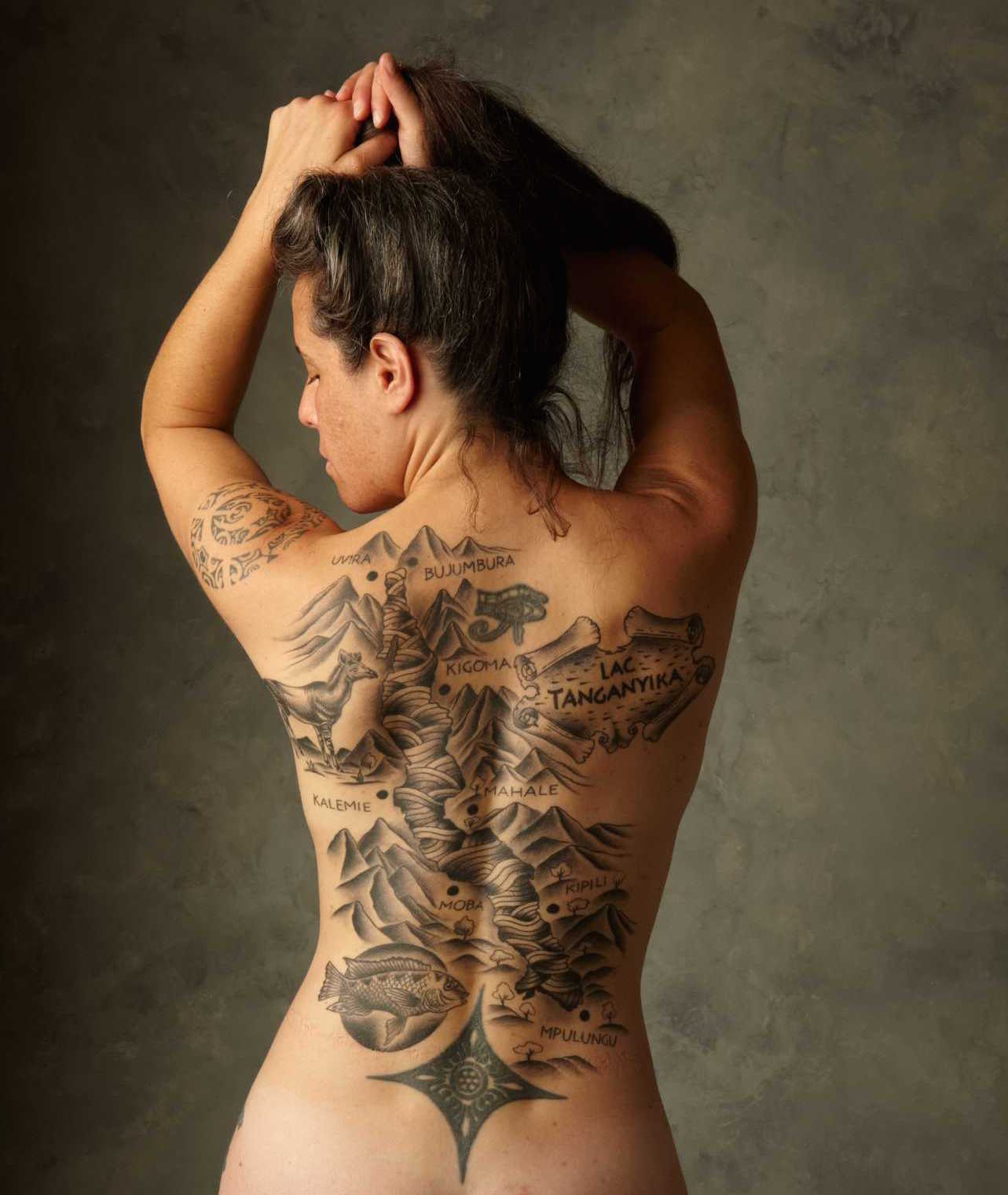
Amy Lehman & The Lake Tanganyika Floating Health Clinic
Our friend Amy Lehman is a true giver. She’s a doctor, world traveler, PAGODA RED collector and an inspiration. Through December 31, 2017, we’ll donate 5% of sales to Amy’s Lake Tanganyika Floating Health Clinic (LTFHC), which provides vital healthcare to isolated communities in Eastern Africa’s Great Lakes region. Here, Amy shares the incredible story of Africa’s oldest lake, and why floating health clinics are the wave of the future.
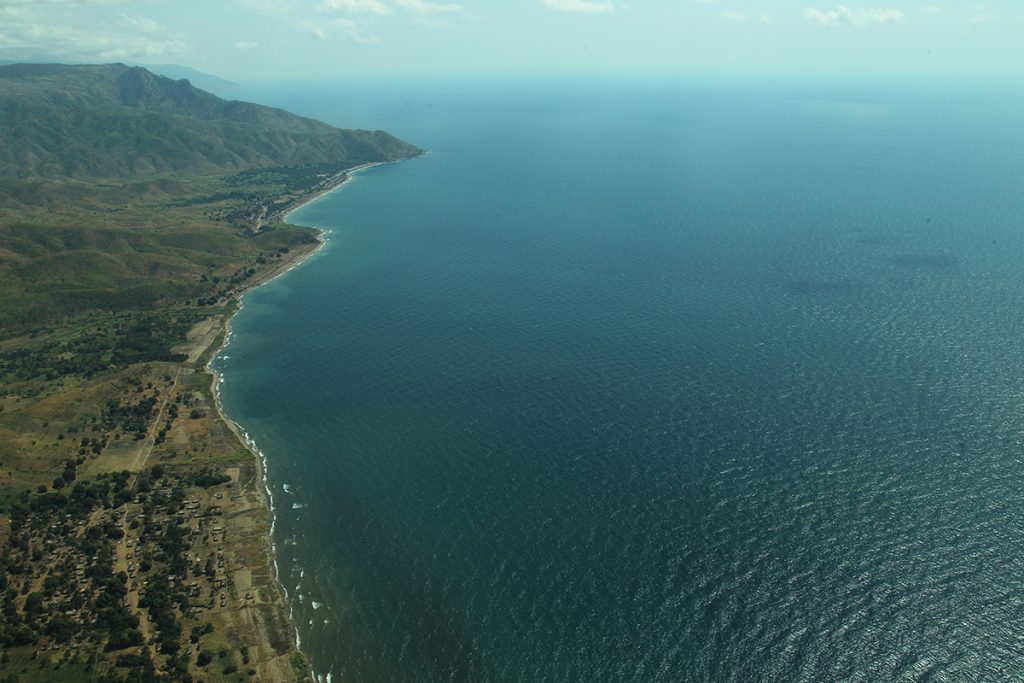
Lake Taganyika is one of the most biodiverse places on the planet, even more so than the Galapagos Islands. It’s also a region where climate change has been well documented. The lake’s temperature has been rising and its fish populations are in decline, causing ripples of poverty, malnutrition, and disease throughout the area. Fascinated by the lake’s ecology and mythology, Amy Lehman first visited with a Tanzanian friend.
“We got stranded because there was a typhoon, and the airstrip where we were supposed to be picked up was washed away. Most people would have probably been put off by an experience like that, but I thought, this is the most interesting place I’ve ever been. All the most crucial human issues come together around the lake, and the world doesn’t know jack about it.”
Amy committed herself to the region — so much that she got a tattoo of the area on her back. She jokes that the map ensures she’ll never get lost again.
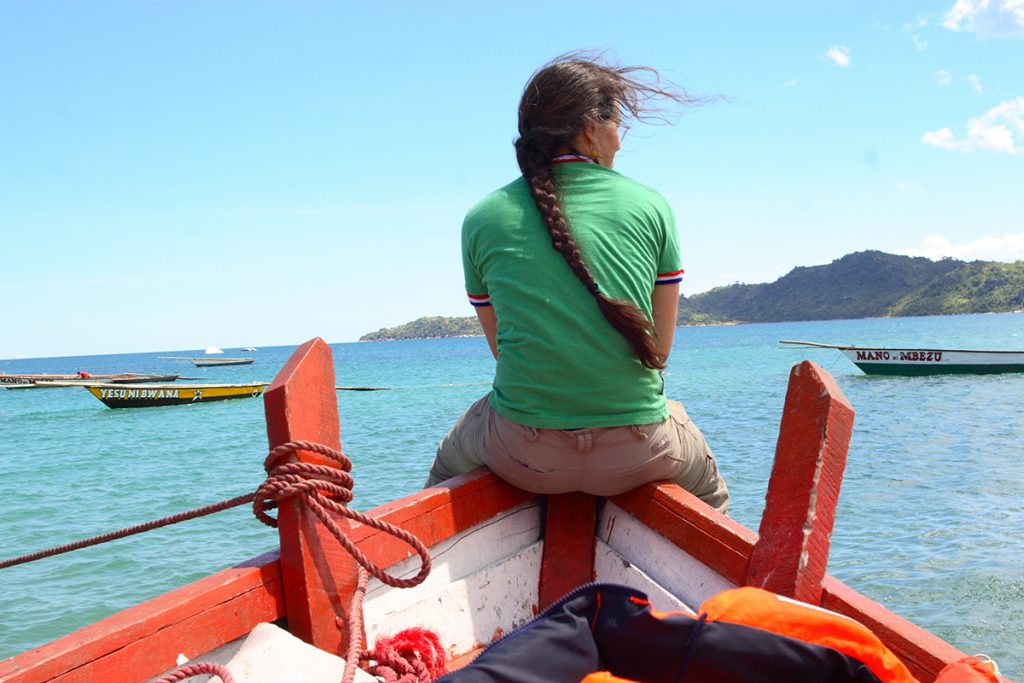
Along the lakeshore — which borders Tanzania, Zambia, Burundi, and the Democratic Republic of Congo (DRC) — malaria is the number one cause of death. In rural Congolese areas near the lake, the death rate for children under 5 reaches up to 25%. A doctor by trade, Amy felt called to do what she could to help. She started the LTFHC in 2008:
“We use small boats to access all of these otherwise inaccessible populations. There are no roads that service large numbers of villages along the lake. There aren’t comprehensive systems and structures. What do you do if the traditional supply chain and logistics don’t exist or don’t work? We use the lake as the highway.”
As they work to secure the infrastructure and funds needed to create a larger floating hospital, Lehman’s organization has found support and excitement in local communities and health ministries.
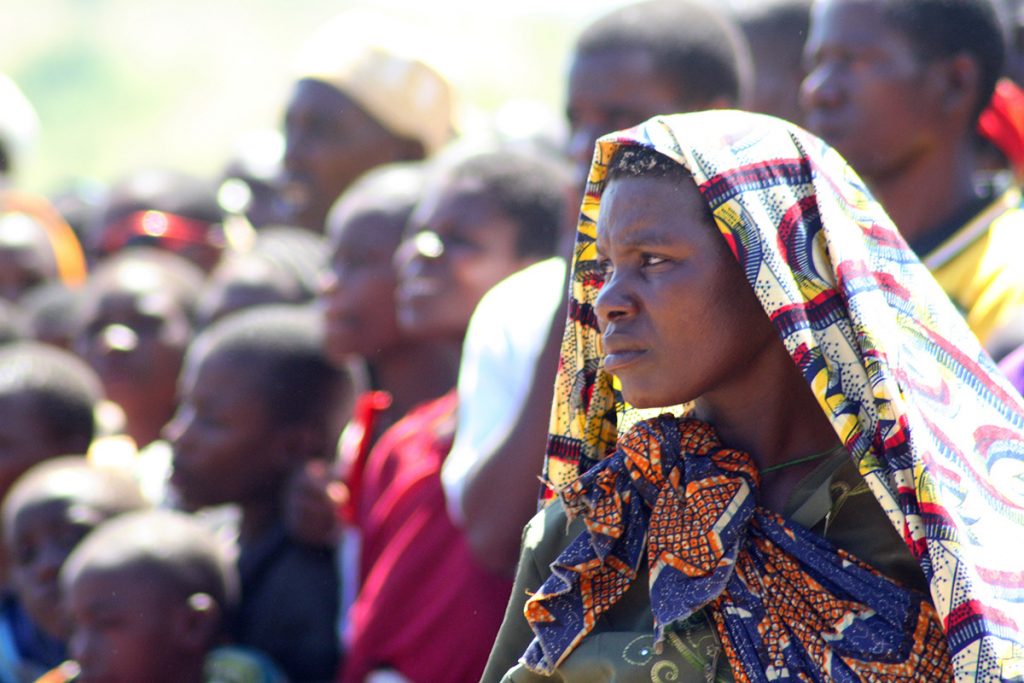
“When people donate to us, the money goes to local healthcare worker education and vital equipment. Everything that we do revolves around building health systems — including infrastructure improvements, healthcare worker training and support, and actual procedures. We also do a lot of data collection, which is something that we really believe in. Unless you really understand what the actual problems are, at the ground level, you can’t understand how to fix them,” Amy says.
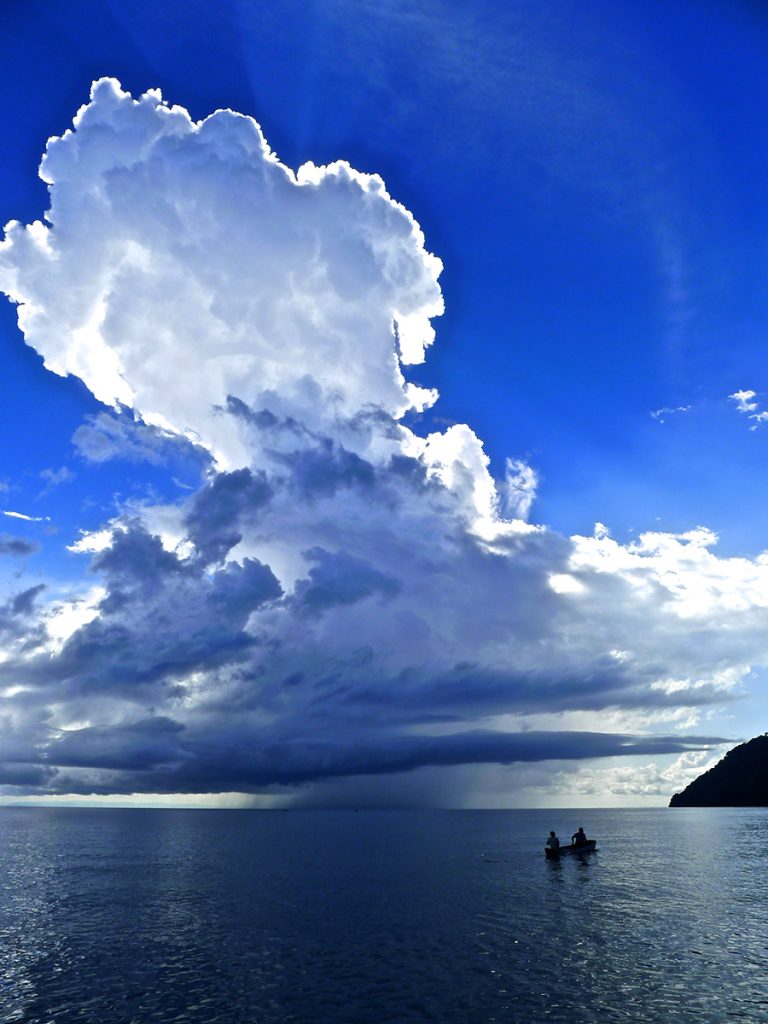
The clinic has helped a remote region to document its health crisis. Congolese Health Ministries weren’t receiving data from the region, so they weren’t allocating the proper medications, funds and workers for the area. A small, nimble organization, LTFHC has been able to gather evidence from the lakeshore, telling the complex story of the links between the ecosystem, malnutrition, poverty, and malaria. Amy explains:
“As one of our projects, we installed solar powered high-frequency radios. It’s an unsexy, old-fashioned, super-durable workhorse technology that has a 20-year-plus lifespan, with a one-time installation cost. This allowed us to communicate with the zonal offices of the Ministry of Health.”
As officials started receiving weekly reporting, they gained visibility into the Lake Tanganyika area. Now, they’re able to target their interventions and respond more strategically.
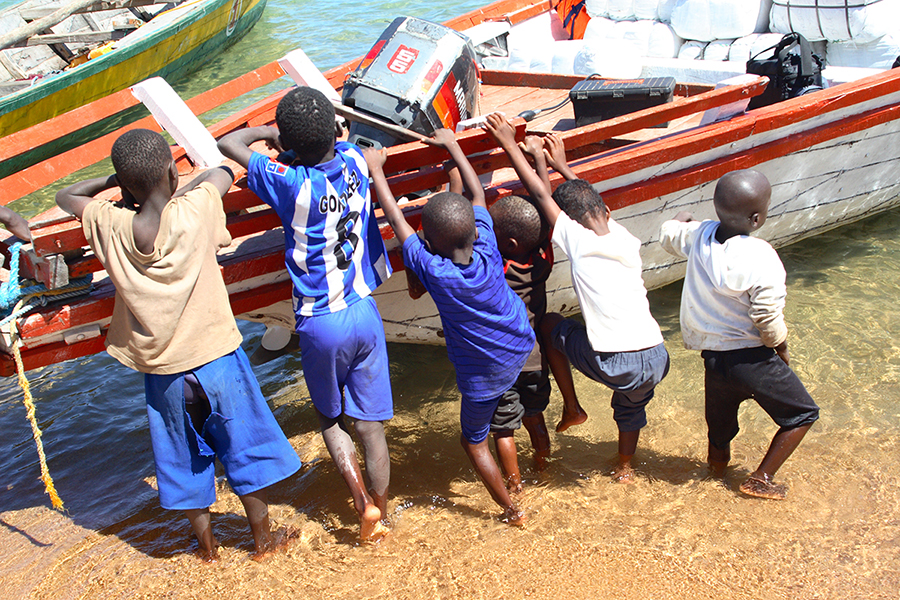
LTFHC provides a model for funding solutions to large-scale problems at the community level. As Amy explains, there are opportunities to make a huge impact:
“If you look at the distribution of malaria mortality in the world, DRC and Nigeria account for almost half of worldwide malaria deaths. If you look at it by density, DRC is the number one country. No one ever talks about that, and policies aren’t addressing this massive humanitarian issue.”
Rather than building a road-based infrastructure to provide help where it’s needed, LTFHC uses the community’s existing networks to provide care. Everyone in the area relies on boat travel, so it makes sense for a health clinic to do the same.
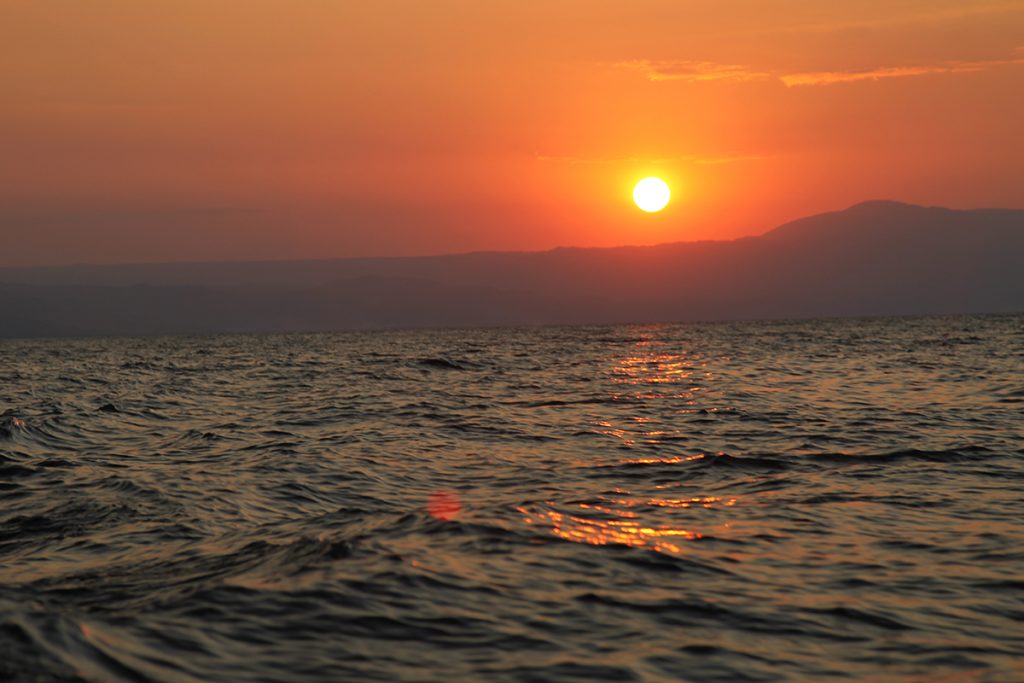
It’s an innovative model for reaching remote areas, and LTFHC is at the vanguard of the aid and development marketplace. Amy advocates for an approach that responds to the clear and present needs of the community:
“We’re beginning to see more and more effects of climate change, rising seas, changing landscapes, and human migratory patterns. A moving, flexible infrastructure can be helpful to hundreds of millions of people around the world.”
Although the nonprofit world can be slow to change, the urgency of climate change and access to healthcare is making solutions like these more necessary than ever.
With the recent introduction of African art to the PAGODA RED collection, we hope you’ll join us in supporting the LTFHC either through a direct donation or by shopping on our website — between December 13 and 31, 2017, we’re donating 5% of our sales to LTFHC.
AMY’S GIFT PICKS
- I would actually love to wear this belt.
- This is a very peaceful object, and really speaks to me. It would look great in my garden nearby to my Chinese garden wall.
- What might otherwise be beautiful but conventional cabinets, have instead been given a layer of life through the energy-filled flight paths of birds.
- Deep blues are my absolute favorite. I’m also thinking a lot about cobalt lately, because over 60% of the world’s cobalt is sourced from the DRC, where I work.
- I’m obsessed with fermentation, so any large, elegant, enamel pot that was used for that is going to push my buttons.
- Since I was small, I’ve had a fascination with canopy beds. In my home, I have a Zanzibari canopy bed. This bed would be great in a common room, for all to enjoy.
- This is a very elegant object that has one of my favorite animals on it: the bat.
- The Amazon in me is a big fan of Archer’s rings. This bone one is really beautiful and simple.
- The shapes of these censers are incredibly modern. I love objects that capture a feeling of both old and new, and these certainly do.
- These items are delicate and pretty, and crucially they are the colors of my Sienese husband’s Contrada (La Contrada della Selva).
- The hair, the stance, the attitude. My home is filled with spiritually significant objects, and this deity would fit right in.
- I see signs like this one all around tiny villages in central Africa, where I work. It has the authentic spirit of a personal style to share with your community.
All Lake Tanganyika images courtesy of the Lake Tanganyika Floating Health Clinic. Portrait of Amy Lehman by Marc Hauser.
